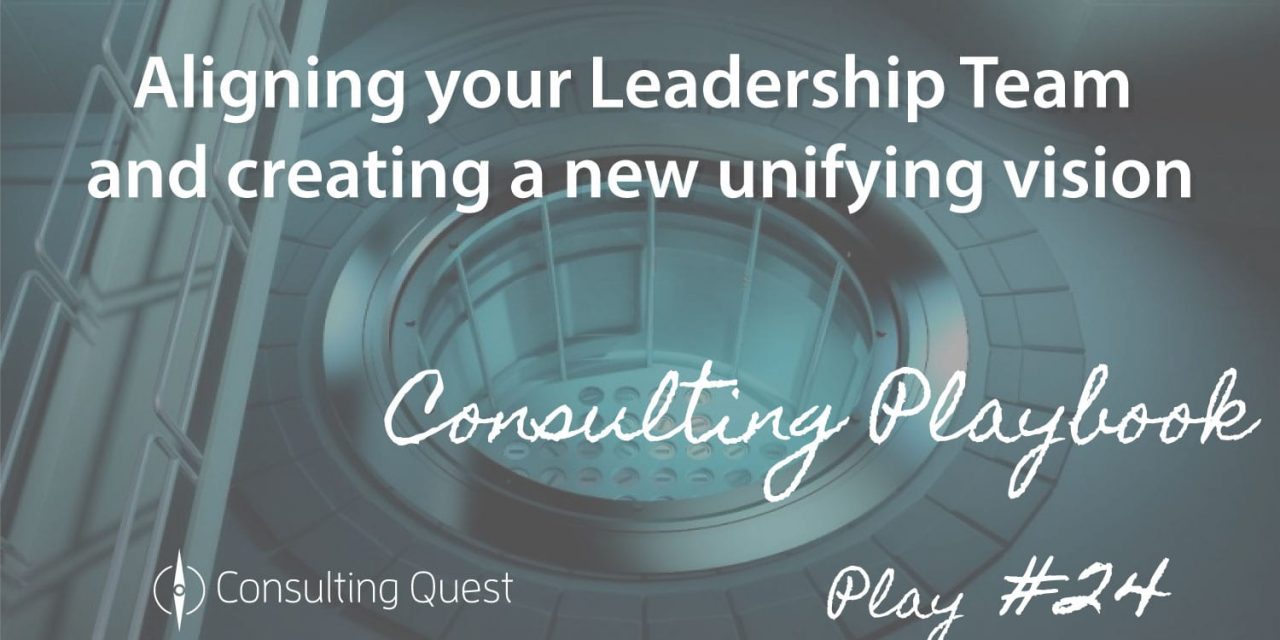
Consulting Playbook: Reorganization and Change Management in Communications Department
The Consulting Playbook, Edition #25
A global Pharmaceutical company’s new CEO set about to transform the company and challenged the Communications function to deliver on a new set of expectations. The function needed to build new capabilities as technology created new ways of communicating with key stakeholders. At the same time, there was pressure to reduce costs, streamline many processes, and reorganize the department. Below we have outlined the actions taken.
The Selected Approach by the Consultant
A significant organization redesign was performed, whereby the consultant facilitated working sessions with the department’s management team to define new expectations, deliverables and capabilities. Specific actions to reorganize the department, define new positions, support new leader on-boarding, engage the staff, and to establish new operating procedures were outlined too. This included coaching managers how to handle new challenges of the department’s transformation, creating project plans and communications to key stakeholders.
Several working sessions with key stakeholders to implement the department’s transformation took place, including:
- A department-wide offsite to clarify new objectives and established specific plans and actions to achieve those objectives
- Meetings with counterparts in the business divisions to clarify roles, responsibilities, and operating procedures
- Meeting with the department’s management team to review progress and make course corrections
The Successful Outcome
The goals of reducing staff, hiring new talent, and reorganizing were achieved. The new operating procedures were implemented and the efficiency/cycle time on key projects was improved. The new structures were put in place to effectively coordinate messaging throughout the enterprise and to establish communications strategies in support of key business priorities. Organizational layers were reduced, new hires brought needed capabilities, new skills were developed and dependence on outside consultants was reduced. The project’s outcome included lowered costs, better quality output, and greater efficiency in handling projects.
Additional Information
Best Principles in Developing and Applying Organizational Design
Having a great business strategy will not accomplish much unless your organization is properly designed to execute this strategy.
From shifting the organization’s focus, changing the business model, implementing new technology, reorganizing sales teams, marketing approach, or simply appointing a new CEO, companies need an efficient organizational design to operate and successfully meet their goals. The alternative would spell trouble.
Let’s take a closer look at some of the best practices you can follow to align your organization with all the challenges and expectations it faces in today’s environment:
- Every Company is Different – the best organizational design for each company will combine highly effective methods together with a unique fit to the organization’s status and priorities. As an executive, you need to take all that into consideration when devising the organization’s plan.
- Organization’s Purpose is a Priority – As a true leader you need to start with the core mission of the company, and let all other functions and methods stem from that purpose, and support that purpose. What sets your company apart from competition is how you can deliver unique value to your prospects which undoubtedly follows the core strengths your organization possesses.
- Get the Foundation Right – the main building blocks of your organization’s design include:
Basic elements: Information processing of knowledge and data, and IT utilization; structure, business processes, motivation, and performance.
Secondary elements: Mindsets of team members, their self-identity, commitment and dedication; Norms of operations – values, standards, behavior; Networks – effective communication, cooperation and shared goals.
- Leverage Your Talent – People make the difference in every industry or professional field. Your team has special talents that will be unwise to misuse or overlook. A savvy and progressive executive will evaluate and optimize personal strengths of team members and offer them necessary support in areas where they do not excel. The best organization’s structure will emphasize people’s talents and minimize weaknesses where necessary.
- Fine-Tune the Structure – with a clear vision where you like your organization to go, and having analyzed strengths, weaknesses, opportunities and challenges (on a consistent basis), you can step back and look at the big picture. The best and most practical design will support your specific mission and vision, and will set you on the path of sustainable progress.
For Further Reading:
About The Consulting Playbook
The Consulting Playbook is a collection of posts designed to offer insights into how businesses and their executives can utilize consulting as a strategic lever to boost performance. Each Consulting Playbook post is broken down into a few elements: Case Study, Additional Information regarding the technical application, and Additional Links related to the topic.
Hélène Laffitte is the CEO of Consulting Quest, a Global Performance-Driven Consulting Platform and author of “Smart Consulting Sourcing”, a step by step guide to getting the best ROI from your consulting. With a blend of experience in Procurement and Consulting, Hélène is passionate about helping Companies create more value through Consulting.




